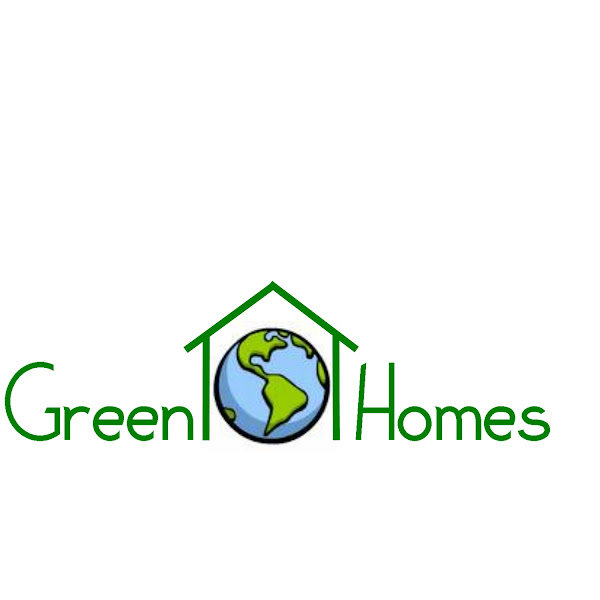
Brrr...Why is it so cold in here? It's winter, we get that it's cold outside. But our homes should be cozy, snug and warm, right? Well, ideally. But in reality, many of us have drafty, under-insulated homes. What's the problem? Air flow. This month, continue your New Year's goals and resolve to "Go Green" by reducing air loss in your home.
Step Two. February's GO GREEN Challenge: Keep heated air from leaking out of your house.
1) Dodge the draft. It would be great if we could replace all our old windows and doors with energy efficient ones. Ultimately, that should be your goal. For now, make the best of your old windows and doors by eliminating drafts wherever possible. Simple measures like drawing curtains to add a layer of insulation are completely cost free. Other, effective measures have very modest price tags. Use draft guards to eliminate under door drafts and place a draft-blocking "snake" on your window sill. Plastic sheeting on windows is very effective in cutting heat loss. You can find many of these products at local stores or on-line through ImprovementsCatalog
2) Shut (and lock) that window! You wouldn't leave a window wide open in the middle of winter, would you? Well, if you are neglecting to close your fireplace flue, that's exactly what you're doing! Additionally, just closing your windows isn't enough. Most windows won't completely seal out air flow unless they are closed and locked. Check the locks on all your windows to ensure that cold air isn't seeping in.
3) Strip ease. When you stand next to your window, does your hair blow in the breeze? That really shouldn't be happening. Check the weather stripping on your windows and doors. They may need replacing or beefing up. Weather stripping is easy to install yourself (or ask your handyman) and readily available in many different sizes and shapes from your local hardware store or Home Depot.
4) Insulation Nation! The federal government will support your efforts to reduce energy use. A tax credit is available for energy efficient home improvements such as insulation, roofs, windows and HVAC. Increasing insulation is one of the best ways to reduce air flow, thus preventing energy loss and saving you money. The U.S. Department of Energy offers detailed information on how to check your home for leaks and properly increase your insulation. If do-it-yourself is not your thing, ask your handyman or contractor. Green Homes can also assist you in identifying leaks as well as in finding qualified professionals to increase your insulation.
5)Think small, save big. Even small leaks can cause increased energy use and correspondingly increased heating and cooling bills. Seal mail slots, insulate light switches and outlets that feel cold to the touch. Little advances in making your home more air tight can add up to big savings!
6) Schedule an eco-audit. A Green Homes eco-audit can identify the areas in which you are experiencing air loss. We thoroughly audit your entire home, checking insulation levels and identifying air leaks. Our detailed report includes a checklist you (or a handyman) can use to remedy the deficiencies. Contact us at http://www.greenhomesllc.net/.
